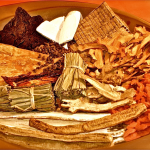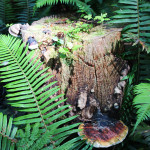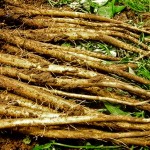Herbs and roots are life-nourishing.
They are sustenance as well as medicine,
and convey nature’s forces.
Through their connection to the natural world, herbs and roots of Chinese medicine imbue their resonance with these forces within us.
Regulated by the rhythms of Yin and Yang, influenced by the 5 elements (sun, soil, minerals, water, and other trees and plants), and through their ability to adapt to the climatic factors of heat and cold, wind, dryness and dampness, herbs renew our resilience.
Chinese medicine has a long history of practices that propagate life; practices to nourish and prolong life through our mental-physical-spiritual oneness with nature. Such concepts and knowledge of creating rarified, spiritual states of being and longevity have passed through Taoist lineages, preserving the Three Treasures Jīng, Qì and Shen.
The energetic nature of herbs and other organic substantive matter, in their particular parts, collected and prepared specifically to confer the essence of their elemental forces, guide and help to make whole.







